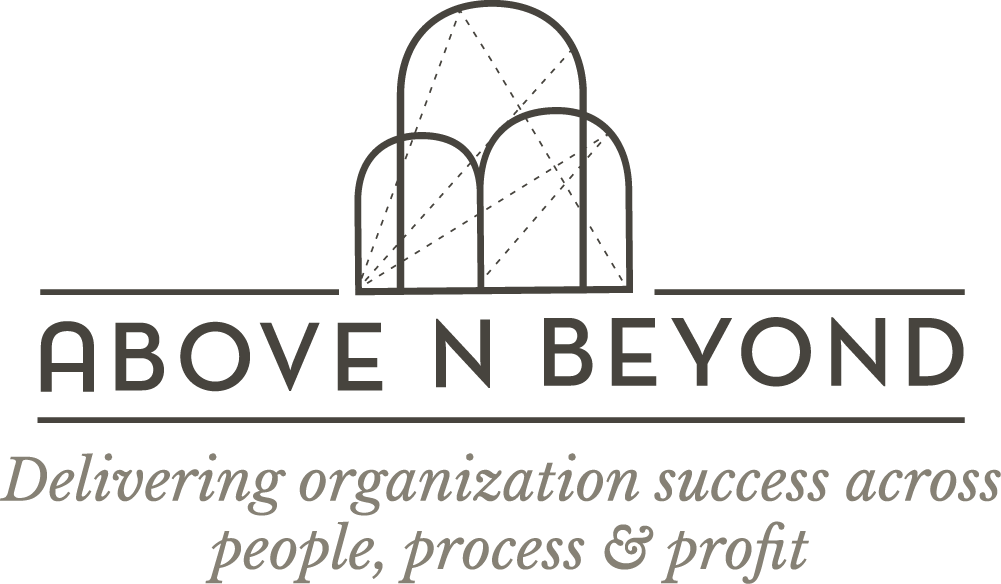The Bane of ‘Business as Usual’
Consider this: the Indian arm of a software MNC was a few years old in India. The company had seen phenomenal success during the first few years – sales growth was through the roof, attrition was minimal, and there was great work happening on the R&D front too. In all respects, the Indian arm of the business seemed to be hitting the ball out of the park.
Somewhere along the line, fine cracks began to appear. The leader of the India business was probably the only one who felt the shift, which barely perceptible at first. Sales seemed to be becoming just a little more difficult to crack, profitability was taking a slight hit. Once the realisation came, the reaction, of course, was drive the teams harder and set more stringent targets. Unfortunately, this was not only ineffective, but it also affected team morale.
Such situations are extremely common in any growing business, especially those that operate in a dynamic environment. Unless there is a holistic understanding of the magnitude of change needed, simply trying to push harder is about as effective as rearranging deck chairs on the Titanic.
What’s the solution?
- Keep your ear to the ground
In the above story, one of the most positive things was that the leader was smart enough to realize that something had changed; which in itself is uncommon. On rare occasions, new industry standards or game-changing innovation or a war or an earthquake might signal an impetus for drastic changes. But most of time, change happens slowly and often without any clear markers. That is what makes it harder to first understand that the change has indeed happened, find a solution and then implement it.
- What got you here won’t get you there
This point is always the hardest to grasp for most organisations. “But this model has been working perfectly all these years!” is a common refrain. As goals change, it sometimes becomes important to recalibrate the organisation structure, redefine roles and processes and acquire skill sets to support the new goals.
- Reiterate the ‘Why’
As organisations grow, the values and purpose often get lost in translation. While the leaders and ‘old-timers’ may still be in agreement about the organisational goals, newer members of the team might be wildly out of sync. Unless they are aligned on the overall goals, their actions are bound to be at odds with the organisational goals, leading to friction.
- Respect the pace of change
Change has been happening for ages now, but the pace of change that we see today is unprecedented. From technology to the workforce to geopolitical environment – the change is across the board. Preparing for this change and adapting is the only way to sustain.
—
An organisation isn’t built by a set of rule books and mission statements, but by individuals who need to live and breathe those values in their day to day work. Therefore, the ability to understand and respect the change in the organisation and the world at large is the first step driving positive change.
